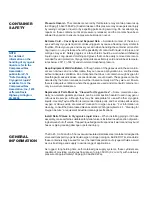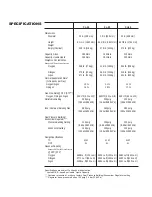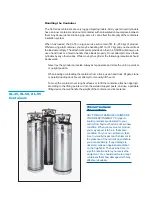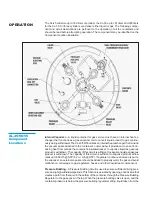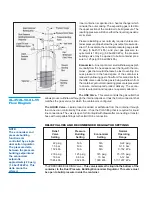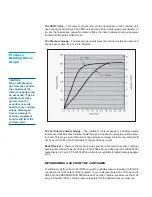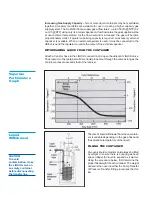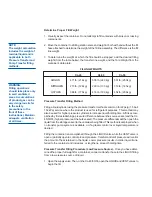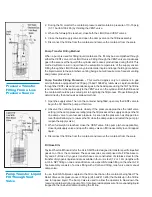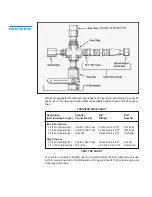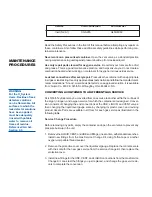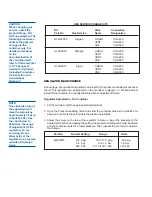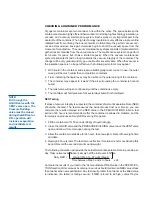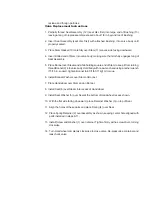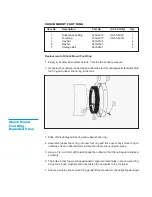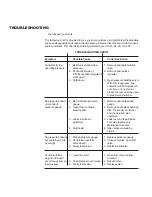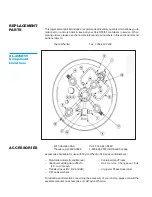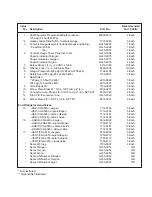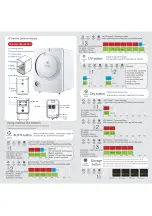
CHECKING CONTAINER PERFORMANCE
Cryogenic containers are two container, one within the other. The space between the
containers acts as a highly efficient thermal barrier including high technology insulation, a
vacuum, and a vacuum maintenance system. Each serves a very important part in the
useful life of the container. The high technology insulation is very effective in preventing
radiated heat from entering the inner container. Unfortunately, the perfect vacuum can-
not be achieved since trace gas molecules begin to enter the vacuum space from the
moment of manufacture. The vacuum maintenance systems consists of materials which
gather trace molecules from the vacuum space. The maintenance system can perform
its function for years, but it has a limited capacity. When the vacuum maintenance
system is saturated it and no long maintains the vacuum integrity of the container. The
change will be very gradual and my go unnoticed for several years. When the vacuum in
the insulation space is no longer effective, the following symptoms may appear:
1. With liquid in the container and pressure building/vaporizer coil not in use, the outer
casing will be much colder than comparative containers.
2. Frost, indicating the liquid level, may be visible on the outer casing of the container.
3. The container may appear to “sweat” if the air surrounding the container is hot and
humid.
4. The relief valve will open continuously until the container is empty.
5. The container will hold pressure for several days but will not hold liquid.
NER Testing
If a loss of vacuum integrity is suspected, the container’s Normal Evaporation Rate (NER)
should be checked. The test measures the actual product lost over time so you can
compare the results obtained to the NER value in the SPECIFICATIONS table. A test
period of 48 hours is recommended, after the container is allowed to stabilize, but the
formula given produces a Daily NER over any time period.
1. Fill the container with 150 pounds (68 kg) of liquid nitrogen.
2. Close the LIQUID valve and the PRESSURE BUILDING valve, leave the VENT valve
open and allow it to remain open during the test.
3. Allow the container to stabilize for 24 hours, then reweigh it. Record the weight, time
and date.
4. Reweigh 48 hours later. The test is more effective if container is not moved during this
period. Record the second date, time and weight.
The following calculation will provide the actual Normal Evaporation Rate in pounds-per-
day. Daily normal evaporation is simply half the lost over 48 hours.
Daily NER =
Weight (Step 3) – Weight (Step 4)
Time between Step 3 and 4 in hours x 24
Compare the results of your test to the “as manufactured” NER value in the SPECIFICA-
TIONS section of this manual. A container in service should maintain an NER value of less
than two time the new specification. Any test result greater than two times the listed value
is indicative of a failed, or failing vacuum. If NER is found to be high, contact Taylor-
NOTE:
Fill through the
LIQUID valve with the
VENT valve open. The
Pressure Building
valve must be closed
during the NER test or
P.B. operation will
increase evaporation
and invalidate test
results.


